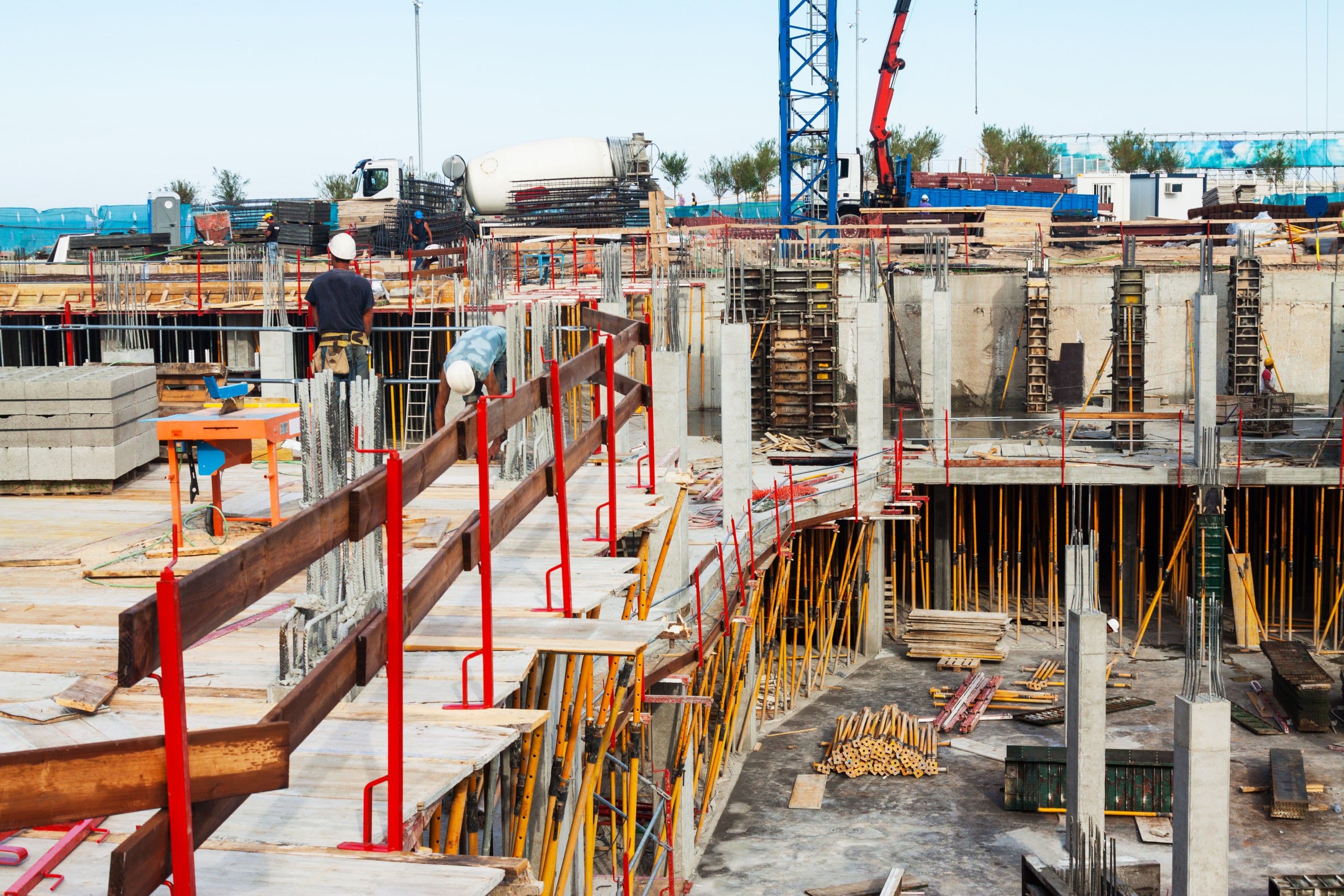
18/01/2024
Brazil produces 48 million tons of construction and demolition waste
By Bettini Comunica
Brazil produced approximately 48 million tons of construction and demolition waste (CDW) in 2021, equivalent to 227 kilograms of debris per inhabitant, according to the Solid Waste Panorama in Brazil, published in 2022 by the Brazilian Association of Public Cleaning Companies and Special Waste (Abrelpe). The quantity is 2.9% higher than the previous year. According to the 2020 Solid Waste Panorama, about 30% of the waste produced in the country comes from the construction industry. The report also indicates that some of this material is abandoned in public areas.
Edson Grandisoli, pedagogical coordinator of the Circular Movement, a doctor in Education and Sustainability, and post-doctoral fellow in the Global Cities Program, comments that estimates of waste generation in construction vary according to factors such as the type of construction, phase of the project, technologies, and management practices adopted. He emphasizes that a significant portion consists of waste from renovations more than from actual constructions, and over 80% could, in some way, be recycled or reused, such as wood, metals, concrete, bricks, glass, plastics, among others.
Between 10% and 30% of the investment in construction is wasted on material inefficiency. Image: Freekpik.
"That's why it is crucial to have proper waste management, both by companies, builders, and citizens, as well as by the government," he says. According to him, studies show that between 10% and 30% of construction materials purchased for the project are discarded. "This means that 10% to 30% of the investment made in construction is wasted. You pay to acquire, transport, break, collect, and remove. And you also pay for the excess, materials that are bought and discarded unused," he states.
The coordinator of the Circular Movement explains that adopting sustainable practices and advanced technologies in construction can significantly reduce waste generation, such as prefabrication of components, the use of automation, robotics, the selection of durable materials, and proper waste management. He advises that keeping the construction site organized, separating waste by material type, and sending them to certified companies that dispose of them correctly are measures that help reduce the volume of waste from the sector.
Bricks are among the most discarded materials. Image: Freepik.
The 2022 Global Status Report for Buildings and Construction by the United Nations Environment Programme indicates that carbon dioxide (CO2) emissions from the sector reached a record 10 billion tons in 2021, 5% higher than the previous year. The 2019 Global Status Report by the International Energy Agency (IEA) states that the construction industry "accounted for 36% of final energy use and 39% of carbon dioxide emissions related to energy and processes in 2018."
According to the United Nations (UN), the construction industry accounts for about 11% of global carbon dioxide (CO2) emissions from human activities. This includes emissions associated with the production of building materials, construction and demolition of buildings, and the operation and maintenance of buildings throughout their lifespan.
Many of these materials can be recycled, such as mortar. Just think about reverse logistics. Image: Freepik.
Natural resources
Research by the Brazilian Association for Recycling of Construction and Demolition Waste (Abrecon) indicates that the construction industry represents about 10% of the Brazilian Gross Domestic Product (GDP) and, in 2019, generated approximately 15% of the country's total formal jobs. According to the study, the segment is the largest consumer of natural resources compared to other industrial sectors. According to Abrecon, among other benefits, recycling preserves the environment, generates jobs and income, and reduces municipal costs for the removal and disposal of debris.
Incorrect disposal of construction materials can cause problems such as affecting stormwater networks, causing floods, and, in more severe cases, polluting the soil and groundwater. Abrecon points out in the research that about 16% of construction waste generated in 2019/2020 was recycled. This material is called recycled aggregate, and its annual production ranges between 16 million and 21 million tons in Brazil.
The installed capacity of recycled aggregate plants was 50 million tons in 2019, when the country had approximately 300 plants, around 100 public and 200 private, according to the Association. Materials such as bricks, mortar, concrete, stones, and ceramics can be crushed and transformed into gravel, small stones, or sand for pavement construction. Glass, metals, wood, and plastics can also be recycled.
The civil construction sector represents about 10% of the Brazilian Gross Domestic Product (GDP). Image: Freepik.
About the Circular Movement
Established in 2020, the Circular Movement is a collaborative ecosystem dedicated to encouraging the transition from a linear to a circular economy. The concept that every resource can be reused and transformed is the essence of the Circular Economy, the foundational concept of the movement. The Circular Movement is an open initiative that fosters collaborative spaces with the aim of informing individuals and institutions that a waste-free future is possible through education and culture, the adoption of new behaviors, inclusion, and the development of new processes, products, and attitudes.
And you? Do you want to learn more about Circular Economy?
If you are interested in learning more about this topic, access the Circular Academy, the first free Latin American course on Circular Economy aimed at the general public. All of us, in partnership and collaboration, can make a difference in building a more circular planet.

